- Key Takeaways
- What is Color Field Painting?
- 1.Key Characteristics of Color Field Painting
- 1.
- The History of Color Field Painting
- 3 Famous Color Field Paintings You Should Know
- 2.1. Mark Rothko – No. 61 (Rust and Blue)
- 3.2. Barnett Newman – Vir Heroicus Sublimis
- 4.3. Clyfford Still – PH-129
- 2.
- The Influence of Color Field Painting
- 5.Where to See Color Field Paintings Today
- 5.
Have you ever walked into a museum, seen a huge canvas covered in just one or two colors, and thought, Wait... that’s art? You’re not alone! A lot of people have had the same reaction to Color Field Painting—a style where artists use large areas of color to create emotion and meaning.
The problem is, at first glance, these paintings might seem too simple, even boring. Without any detailed figures or clear story, it’s easy to dismiss them.
But as artist Clyfford Still once said,
“The painting should be able to stand on its own, without any external references.”
These artworks aren’t about telling a story—they’re about making you feel something.
Imagine standing in front of a massive wall of deep blue or glowing red. Instead of looking at a scene, you experience the colors. They pull you in, surrounding you in a quiet, almost endless space. That’s the magic of Color Field Painting—it’s less about what you see and more about what you feel.
So, what’s the story behind this bold and misunderstood art movement?
Key Takeaways
Color Field Painting focuses on large areas of color to create emotion and atmosphere.
It emerged from Abstract Expressionism but removed bold gestures in favor of pure color.
Artists like Mark Rothko, Barnett Newman, and Clyfford Still led the movement.
The style influenced Minimalism and continues to shape Contemporary Art.
Color Field paintings can be seen in major museums like MoMA, Tate Modern, and the National Gallery of Art.
What is Color Field Painting?
Color Field Painting is a style of abstract art where artists use large, flat areas of color. They use them to create a sense of depth, emotion, or atmosphere. Instead of focusing on brushstrokes or movement, like other abstract styles, these styles of paintings are all about the power of color itself.
This style grew out of Abstract Expressionism in the 1940s and 1950s. While Abstract Expressionist artists used bold gestures and dramatic brushstrokes to show emotion, Color Field painters took a different approach. They stripped away the movement and detail. It focuses instead on vast expanses of color to create a more peaceful, meditative experience.
Artists like Mark Rothko, Clyfford Still, and Barnett Newman believed that color alone could express deep emotions—without the need for figures, objects, or even complex compositions. Their goal was to draw viewers into a world of pure color. They wanted to make them feel something on a deep, almost spiritual level as the spiritual art does.
Key Characteristics of Color Field Painting
Color Field Painting style is defined by its use of color as the main subject. It creates an experience that is more about feeling than storytelling. By removing complex details and focusing on vast expanses of color, these paintings draw viewers into a deep, almost meditative state. Here are the key elements that define this style.
- Large Areas of Color
- Minimal Detail
- Emotional or Meditative Effect
- Simple Composition
Color Field paintings are dominated by broad, unbroken areas of color, often covering the entire canvas. Some artists, like Mark Rothko, used soft transitions between shades to create a glowing effect. Others, like Barnett Newman, used sharp contrasts to create a sense of tension. Unlike other forms of abstract art, these paintings avoid clear shapes, figures, or visible brushstrokes. They keep the focus entirely on color itself. The goal is to evoke emotion rather than depict a scene—whether it’s a sense of calm, energy, or introspection. The compositions are usually simple, with large blocks or smooth gradients of color. This allows the viewer to fully engage with the artwork on a personal level.

The History of Color Field Painting
Color Field Painting emerged in the late 1940s and 1950s in the United States as a response to the energetic, gesture-driven style of Abstract Expressionism. Abstract Expressionist artists like Jackson Pollock used dramatic brushstrokes and splattered paint to express emotion. However a group of painters including Mark Rothko, Barnett Newman, and Clyfford Still began moving in a different direction. Instead of focusing on movement and texture, they sought to create emotional depth through vast, simplified areas of color.
These artists believed that color alone could evoke deep, almost spiritual emotions. Rothko, for example, painted large floating rectangles of color that seemed to glow on the canvas. Newman used bold vertical lines, or "zips," to create a sense of infinite space. Clyfford Still, on the other hand, painted jagged fields of color that felt both expansive and intense. Their work moved away from recognizable forms. It aims instead to immerse the viewer in a pure experience of color.
Although Color Field Painting developed in the U.S., it was influenced by European modernists like Henri Matisse and Wassily Kandinsky. They had already explored the emotional power of color in their work. Matisse’s use of bold, flat color fields in paintings like The Red Studio and Kandinsky’s theories about color and spirituality helped lay the foundation for this movement. Color Field artists created a new kind of art that was meant to be felt rather than simply seen, by stripping painting down to its most essential element—color.
3 Famous Color Field Paintings You Should Know
Some of the most powerful examples of Color Field Painting come from artists who pushed the limits of color and composition to create deeply emotional and immersive works. Here are some of the most notable paintings from the movement.
1. Mark Rothko – No. 61 (Rust and Blue)
Rothko’s signature style features soft, floating rectangles of color layered over one another. In this painting, deep blue and rusty red tones blend together. This creates a moody, almost meditative atmosphere.

The blurred edges and subtle transitions invite the viewer to lose themselves in the painting. They experience emotion through color alone. Rothko believed his works should be viewed up close. He allows the colors to fully surround and absorb the viewer, by creating an intimate and almost spiritual connection.
2. Barnett Newman – Vir Heroicus Sublimis
Newman’s paintings are defined by large fields of color interrupted by thin vertical lines he called "zips." In this piece, the bold red background and striking zips create a sense of vastness and energy. It symbolizes human presence within an overwhelming space.

Unlike Rothko’s soft blending, Newman’s sharp lines create a bold contrast. This gives the oil painting a sense of structure and strength. He saw his work as a way to express deep human emotions, from struggle to triumph, through pure color and form.
3. Clyfford Still – PH-129
Unlike Rothko and Newman, Still’s paintings are known for their jagged, torn-like fields of color that seem to erupt across the canvas. In PH-129, dramatic contrasts of black, red, and yellow create a sense of movement and intensity, as if the colors are breaking through the surface.

Still’s work often feels raw and powerful. It rejects traditional art in favor of bold, expressive color fields. He wanted his paintings to stand entirely on their own, without any external references. He challenges viewers to engage with them on a purely emotional level.
Later artists like Helen Frankenthaler and Morris Louis expanded on these ideas. They use techniques like soaking canvas with paint or creating flowing, almost watercolor-like fields of color. Their work helped push Color Field Painting into new directions. It influenced generations of artists to come.
The Influence of Color Field Painting
Color Field Painting had a major impact on later art movements, especially Minimalism and Contemporary Art. They stripped painting down to its essential elements—color, space, and emotion. Color Field artists paved the way for Minimalist painters and sculptors who sought to create art free from unnecessary detail or personal expression. Artists like Frank Stella and Ellsworth Kelly embraced large areas of color and simple compositions, much like Rothko, Newman, and Still. However they took the concept even further by removing any sense of emotion or narrative.
The movement didn’t end with Rothko and Newman. Its influence continues to shape Contemporary Art, from abstract murals to immersive digital installation art. The emotional depth of Rothko’s work continues to inspire artists exploring color’s psychological effects.Newman’s bold simplicity has influenced everything from large-scale abstract murals to digital and immersive art installations. Many contemporary painters, designers, and even filmmakers borrow from Color Field ideas. They use vast expanses of color to create mood and meaning without relying on traditional imagery.
Where to See Color Field Paintings Today
If you want to experience the full impact of Color Field Painting in person, some of the best places to visit include.
- The Museum of Modern Art (MoMA) in New York that is a home to several Rothko paintings, as well as works by Newman and Still.
- The Tate Modern in London that shows a stunning collection of Color Field works, including Rothko’s famous Seagram Murals.
- The National Gallery of Art in Washington, D.C. that houses an extensive selection of paintings by Still, Newman, and other Color Field artists.
- The Clyfford Still Museum in Denver that is dedicated entirely to Still’s work, offering a deep dive into his unique approach to color and abstraction.
Seeing these paintings in person is a completely different experience than viewing them online or in books. The scale, depth, and vibrancy of color can only be fully appreciated when standing right in front of them.
Conclusion
Color Field Painting may seem simple at first glance, but its impact on the art world has been intense. Artists like Rothko, Newman, and Still created works that invite deep emotional and personal responses, by focusing entirely on color. Whether through Rothko’s glowing rectangles, Newman’s bold zips, or Still’s jagged fields of color, these paintings are meant to be felt rather than just seen.
As Barnett Newman once said,
"I'm interested in the way color can evoke emotion, to create a mood or atmosphere."
This idea continues to influence artists today, shaping everything from Minimalist painting to digital art and large-scale installations.
Even decades later, Color Field Painting remains powerful and relevant. Its simplicity allows for endless interpretation. This makes it a style that still resonates with audiences around the world. Whether on a museum wall or an artist’s canvas, these paintings prove that color alone can move us, challenge us, and transform how we see the world.
Frequently Asked Questions
What is Color Field Painting?
Color Field Painting is a style of abstract art where artists use large areas of color to create a mood or feeling. Instead of showing objects or people, the focus is on the power of color itself.
Who were the famous Color Field painters?
Some well-known Color Field painters are Mark Rothko, Barnett Newman, and Clyfford Still. They used big sections of color to express deep emotions.
How is Color Field Painting different from other abstract art?
Unlike Action Painting (like Jackson Pollock’s splattered paint), Color Field Painting is calm and smooth, with big blocks of color instead of wild brushstrokes.
What was the goal of Color Field painters?
They wanted to make art that made people feel emotions just by looking at colors. The idea was to create a peaceful and powerful experience without using detailed images.
Why are Color Field Paintings so simple?
The artists believed that simple colors could be just as emotional and meaningful as detailed paintings. They wanted viewers to focus on the feelings that colors create rather than specific shapes or stories.
George, CEO of Photo2painting, is a passionate art lover and entrepreneur. He founded Photo2painting.com from scratch, inspired by his artist friends. As the company's CMO, he manages content and marketing.
Excellent Customer Reviews

















































































































































